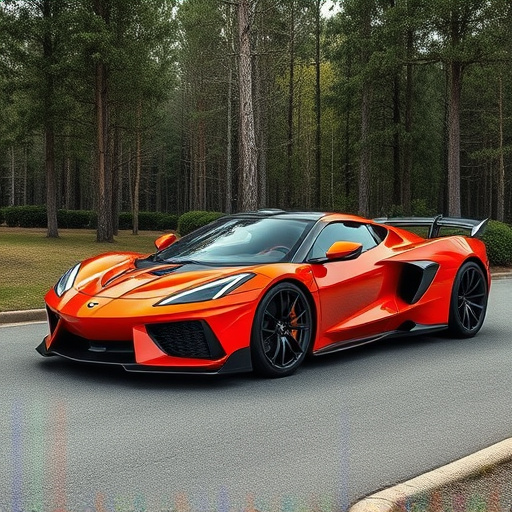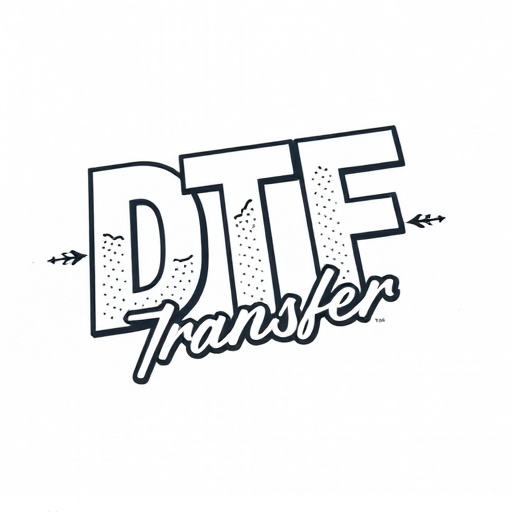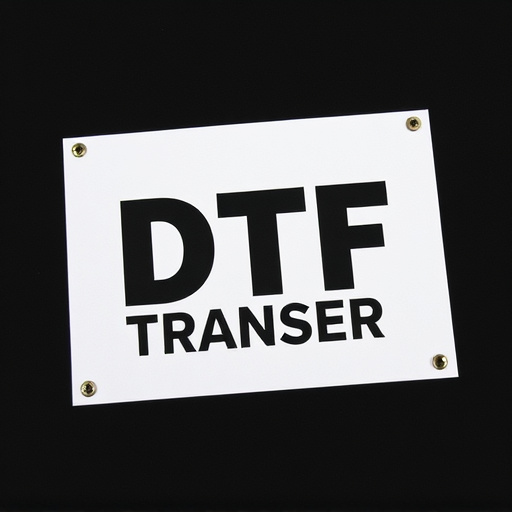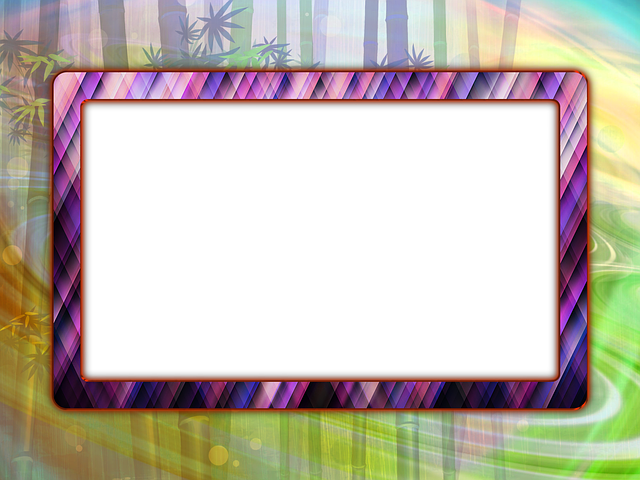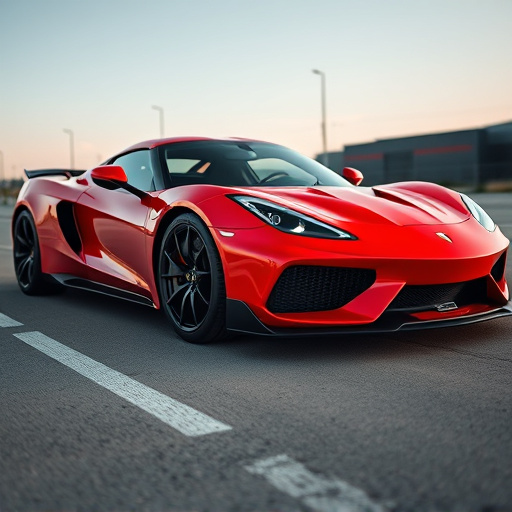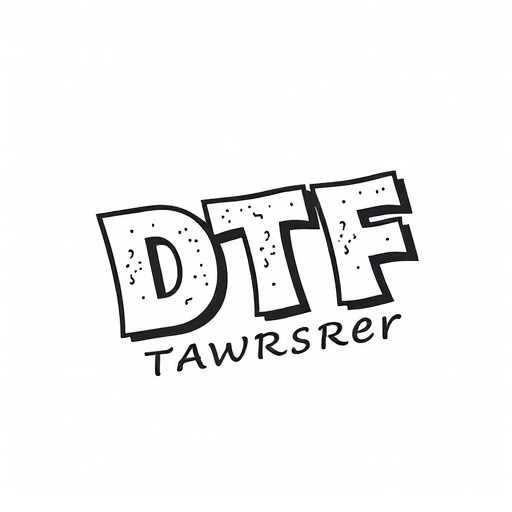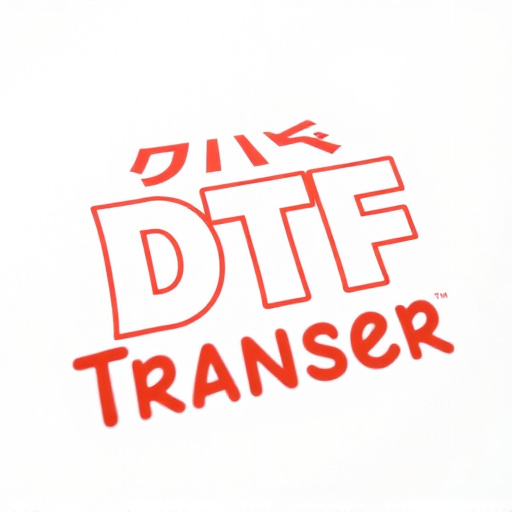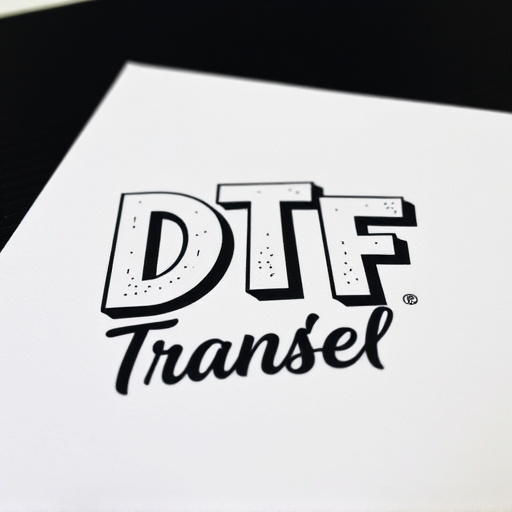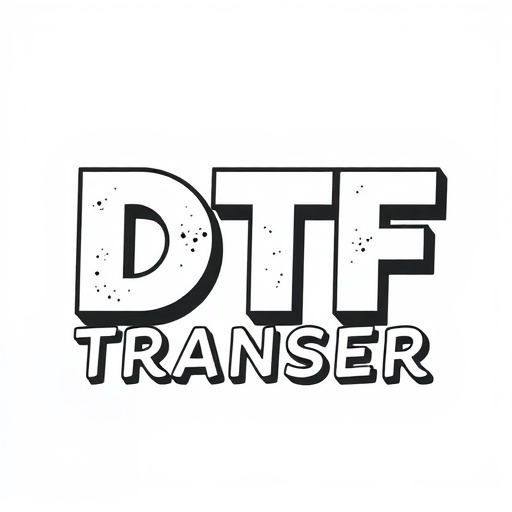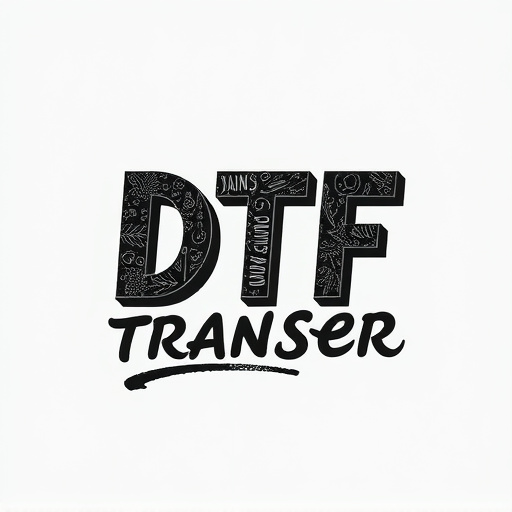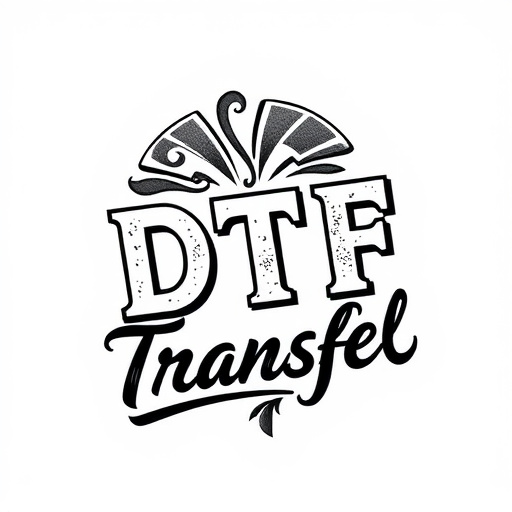DTF (Direct-to-Film) Transfer is a groundbreaking printing technique that enhances efficiency, especially for complex design applications. By layering multiple designs on a single transparent film, it enables simultaneous printing on diverse materials without compromising quality or increasing time constraints. This method reduces setup time and costs, streamlines workflows, and increases versatility, making it ideal for small batch runs and frequent design changes. Optimizing design arrangement through specialized software and selecting high-quality films and inks ensures superior print results. DTF Transfer has revolutionized printing across various industries, facilitating efficient custom print creation in apparel, promotional merchandise, signage, and advertising.
“Revolutionize your printing game with DTF Transfer—a game-changer in efficient design printing. This innovative technique allows multiple, intricate designs to be arranged on a single film, streamlining production for custom apparel and specialty products. In this comprehensive guide, we’ll explore the ins and outs of DTF Transfer, from understanding its foundations to mastering arrangement techniques and material selection. Uncover real-world applications that highlight the versatility and advantages of this cutting-edge printing method.”
- Understanding DTF Transfer: A Brief Overview
- Advantages of Using Multiple Designs on a Single Film
- How to Efficiently Arrange and Position Designs
- Choosing the Right Materials for DTF Printing
- Printing Techniques and Considerations
- Real-World Applications and Success Stories
Understanding DTF Transfer: A Brief Overview

The DTF (Direct-to-Film) Transfer process is a game-changer in efficient printing, especially for complex designs. It involves applying multiple design elements directly onto a single film, which then serves as a master copy for precise and simultaneous printing on various materials. This innovative technique revolutionizes the way we approach custom printing, making it faster and more versatile.
In simple terms, DTF Transfer allows printers to create intricate patterns or multiple images by layering them onto one transparent film. Each design element is precisely positioned and aligned, ensuring a flawless transfer when printed. This method is particularly beneficial for businesses offering personalized products, as it enables them to offer a wide range of designs without compromising quality or increasing production time.
Advantages of Using Multiple Designs on a Single Film
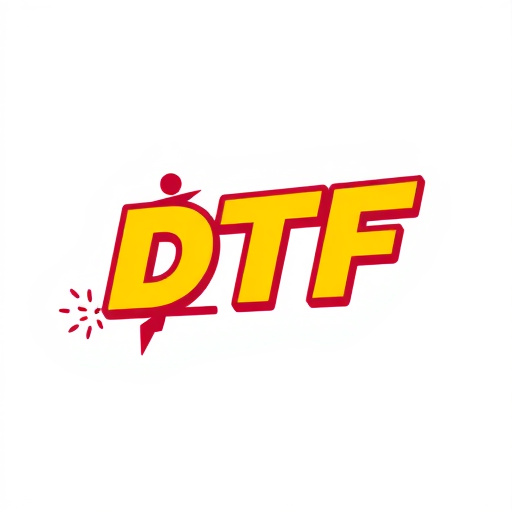
Using multiple designs on a single film, especially with Direct To Film (DTF) transfer technology, offers several significant advantages for efficient printing. Firstly, it allows print shops to optimize their production process by reducing setup time and costs. Instead of preparing individual films for each design, having multiple patterns on one film streamlines the workflow, making it more cost-effective and faster. This is particularly beneficial for small batch runs or when clients request frequent design changes.
Additionally, this method enhances versatility and creativity. Printers can offer a wide range of options to their customers, allowing for customized products with diverse designs. Whether it’s creating unique patterns, incorporating multiple logos, or experimenting with different art styles, the ability to combine various designs on a single film opens up endless possibilities for product customization and personalized orders.
How to Efficiently Arrange and Position Designs
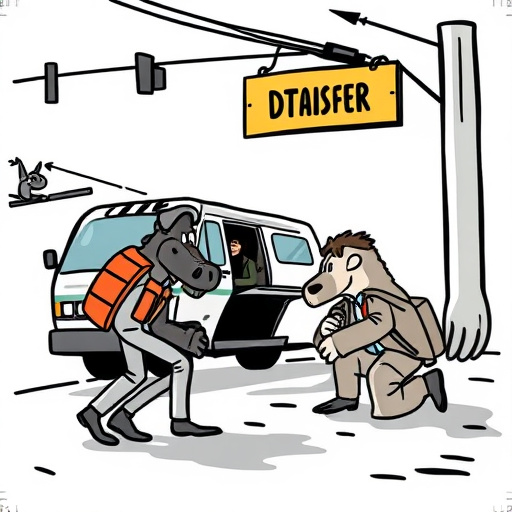
To efficiently arrange and position designs on a single film for DTF (Direct to Film) transfer, start by digitizing each design element separately. This ensures accuracy in placement and allows for easy adjustments if needed. Use specialized software that offers precise control over design positioning, allowing you to overlap or place multiple graphics precisely where required.
Visualize the final printed outcome on your computer screen. Ensure there’s adequate space between designs to prevent interference during printing. Consider factors like design size, complexity, and the type of fabric for optimal placement. Adjusting the transparency and scaling of each element can help create a seamless composition, ultimately enhancing the overall print quality.
Choosing the Right Materials for DTF Printing
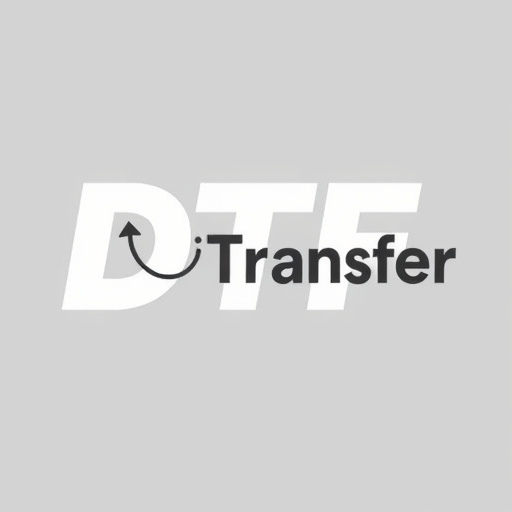
Choosing the right materials is a crucial step in efficient DTF (Direct-to-Film) printing. The key lies in selecting high-quality film and inks that complement each other. For optimal results, opt for films with a smooth surface to ensure crisp image transfer. Additionally, ink compatibility is essential; choose inks designed specifically for DTF applications to avoid smudging or fading.
Material durability should also be considered, especially if the printed designs are intended for outdoor use. Weather-resistant films and inks can withstand environmental factors, ensuring your artwork maintains its vibrancy over time. This attention to detail in material selection will not only enhance print quality but also contribute to the longevity of your creations.
Printing Techniques and Considerations
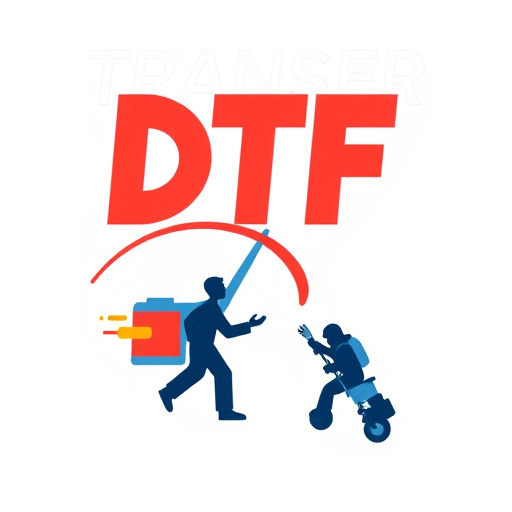
In the realm of printing, modern techniques have revolutionized the way we create and produce designs on various materials. One innovative approach that has gained significant traction is the DTF (Direct to Film) Transfer method. This cutting-edge technology allows for multiple designs to be arranged and printed directly onto a single film, offering unprecedented efficiency in the printing process.
When utilizing DTF Transfer, several considerations come into play to ensure optimal results. Printers can precisely position and align each design on the film, enabling them to create intricate patterns or repeat motifs with ease. This technique is particularly beneficial for custom apparel printing, where multiple designs can be combined on a single garment without compromising quality. Additionally, DTF Transfer supports a wide range of ink types and substrate materials, making it versatile for different printing requirements. By streamlining the design layout process, this method reduces set-up time and waste, ultimately enhancing productivity in print shops and enabling them to cater to diverse customer demands efficiently.
Real-World Applications and Success Stories
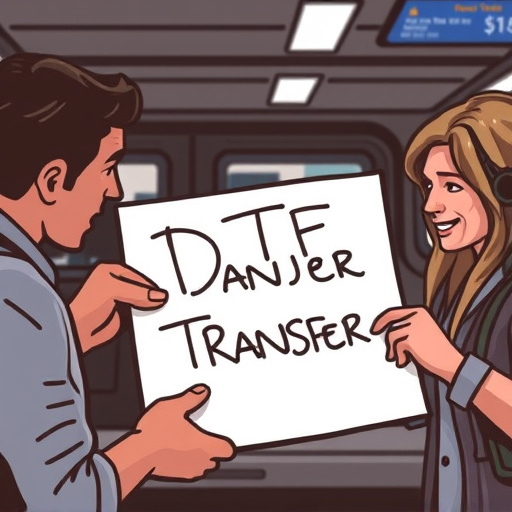
In real-world applications, multiple designs arranged on a single film using DTF (Direct to Film) transfer technology have revolutionized printing processes across various industries. This innovative approach allows businesses and designers to create custom prints efficiently and cost-effectively. For instance, in the apparel sector, clothing brands can easily produce limited-edition collections with unique graphics or text on each garment, catering to individual consumer preferences. Similarly, promotional merchandise companies can offer personalized items like t-shirts, caps, or mugs with diverse designs, ensuring higher customer satisfaction.
Success stories abound in the signage and advertising fields, where DTF Transfer enables the printing of eye-catching posters, banners, and window graphics. This technology’s versatility allows for dynamic visual merchandising, helping businesses attract attention and boost sales. Moreover, it streamlines production, reducing setup time and waste, making it a game-changer for print shops and in-house printing departments looking to enhance their capabilities while maintaining high-quality outcomes.
